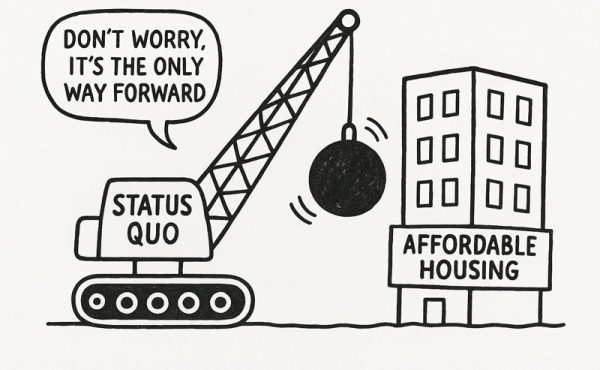

Author: Richard Weston (Laurence King, 2011)
Just as the title implies, 100 Ideas that Changed Architecture by Richard Weston proposes a chronological list of the most influential ideas to influence Architecture. What you may not pick up from the title is that Weston treats the term “idea” very broadly.
For Weston, anything from “the Wall” to “Humanism” fall into the spectrum of Architectural idea. In this sense “100 Ideas that Changed Architecture” begs the intriguing question, what is an Architectural idea? For Weston it is nearly anything – inventions, conceptual shifts, new applications of old technology, catch phrases, and more.
The structure of this book is very straight forward. Each idea is explained with a short essay (two to three hundred words) and illustrated with rich photographs and examples. It is both visually appealing and informative. This layout is intended to aid the reader when approaching this book as a reference guide.
The introduction frames the book well and provides an intriguing context for the following pages. The author notes that “Although the book’s chronological sequence… will reward a linear reading from beginning to end, each short essay is intended… to be enjoyed at random.” An offer that will surely please the internet inclined mind.
As a collection of influential ideas in the field of Architecture, this book is compelling. However, as a topical reference guide, it has a very limited use. The breadth of the study gives it a questionable lack of depth. In a truly wikipedia-esque fashion, this book provides a suspiciously concise interpretation of each topic. It is hard to imagine a scenario where “Abstraction” can be explained in any meaningful way in only a few hundred words; or “Complexity and Contradiction” for that matter. Therefore, 100 Ideas that Changed Architecture is unfortunately lacking in richness.
Having said that, designers and architects should find many of these topics familiar in their typical vocabulary. For this reason, it remains a good way to brush up on an old topic of interest, or gain an introduction to a new one. It is undoubtedly more powerful as a curated list of ideas then as a critical reference of its individual topics. All things considered, this book is a worthwhile addition to ones library – just don’t expect to come guns’a’blazin into your next critically engaged architecture debate with this as your firepower.
***
For more information on the book, visit the Laurence King website.
**
Warren Scheske is a student of Architecture at the University of British Columbia.



